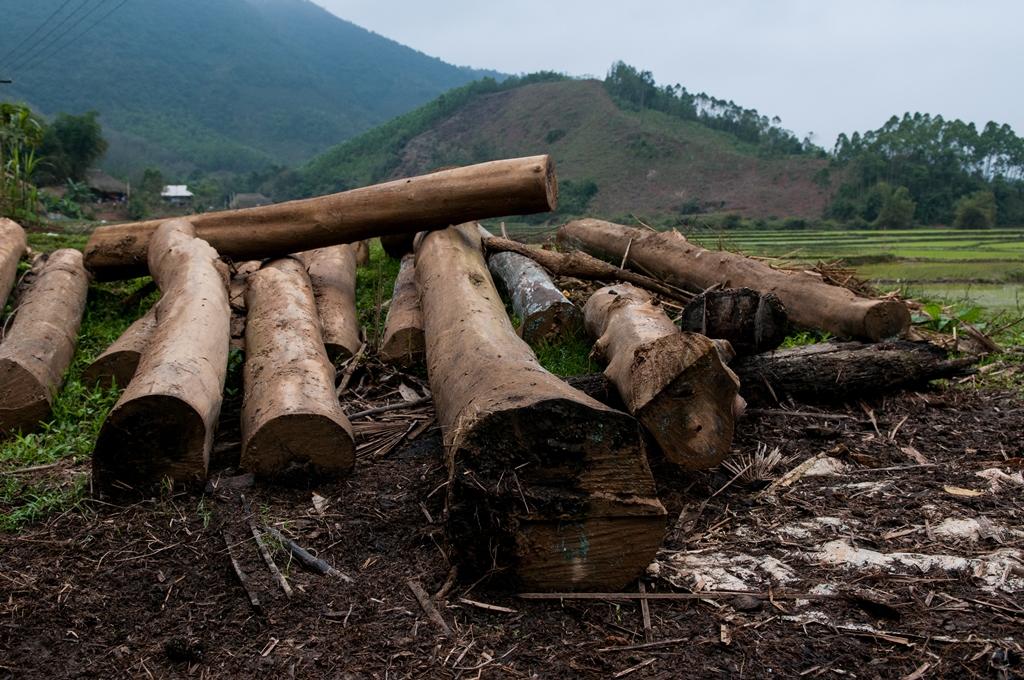- While seaweed farming holds promise as a nature-based solution to climate change, it is essential to approach this practice with caution
The urgent need to prevent global temperatures from exceeding 1.5 degrees Celsius has sparked increasing interest in nature- and ocean-based solutions for capturing and securely storing atmospheric CO₂.
These solutions not only aim to reduce carbon emissions but also provide co-benefits such as enhancing biodiversity. Among these promising practices is seaweed farming, which, if executed responsibly, could serve as a viable approach to combat climate change.
A seaweed is any red, green, or brown marine algae that grow along seashores. Countries like China, Indonesia, and South Korea have already embraced seaweed farming as a sustainable practice, offering a nature-based solution that can help mitigate climate change impacts while supporting marine ecosystems.
Seaweeds play a crucial role in maintaining marine biodiversity by providing food and habitat for various species. Protecting and restoring seaweed forests thus represents a dual opportunity: addressing climate change while fostering a healthier marine environment.
One of the most significant benefits of seaweed farming is its ability to absorb carbon dioxide and convert it into biomass. A portion of this carbon is exported into the marine environment as particulate and dissolved organic carbon during the cultivation process.
Read More
Additionally, some of this carbon may ultimately reach long-term oceanic carbon sinks, contributing to natural carbon sequestration. Beyond carbon capture, seaweeds also absorb pollutants such as nitrogen, phosphorus, and heavy metals from coastal waters. This dual functionality not only aids in climate mitigation but also helps maintain the health of marine ecosystems.
Despite its potential, seaweed farming is not without risks. Environmental concerns include competition with wild habitats for essential nutrients and light. The introduction of seaweed farms can lead to the spillover of diseases and invasive species, as well as genetic pollution when farmed species interbreed with wild populations.
Additionally, marine megafauna, such as whales and turtles, may become entangled in farming infrastructure, raising concerns for their conservation. When improperly located, seaweed farms can degrade sensitive ecosystems like seagrass beds and coral reefs.
The wide dispersal of biological material in the ocean can facilitate the spread of pathogens and invasive species, particularly in the absence of effective mitigation measures. Moreover, infrastructure supporting seaweed farming can exacerbate plastic pollution if not managed appropriately.
While seaweed farming holds promise as a nature-based solution to climate change, it is essential to approach this practice with caution. Comprehensive research and responsible management strategies are necessary to mitigate environmental risks and maximize co-benefits. By prioritizing sustainable practices, we can harness the potential of seaweed farming to combat climate change while preserving the health and biodiversity of our oceans.







